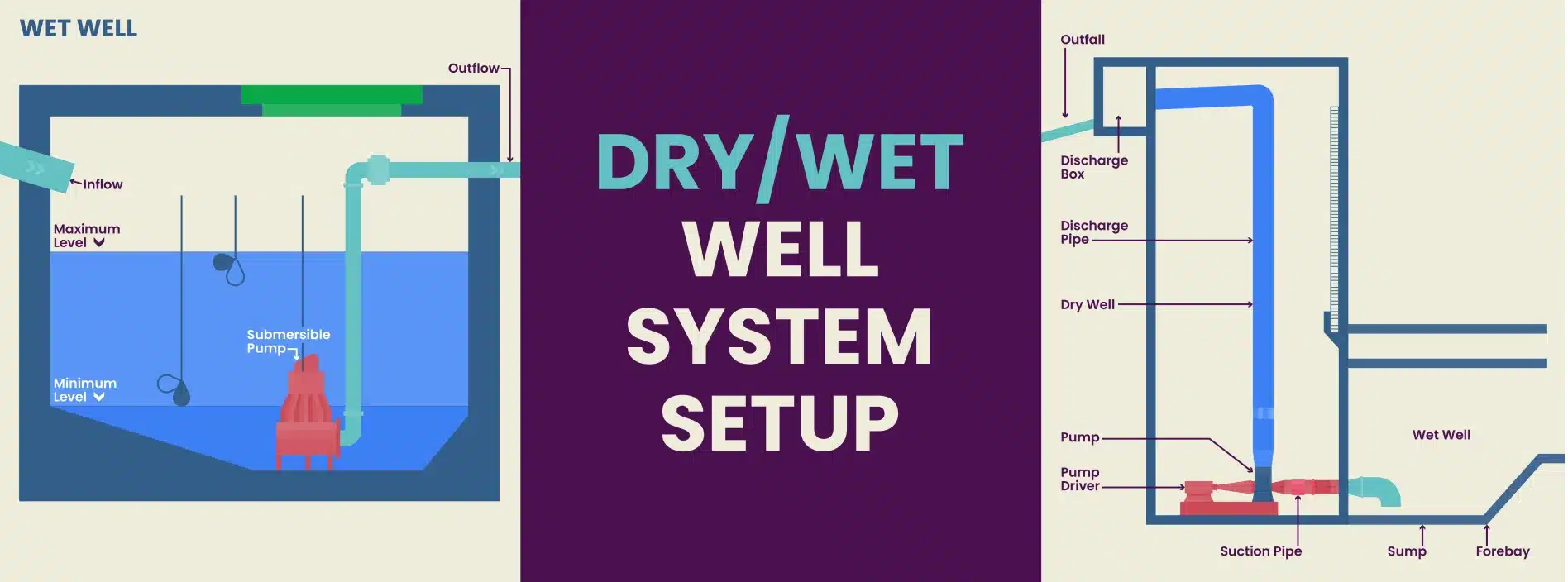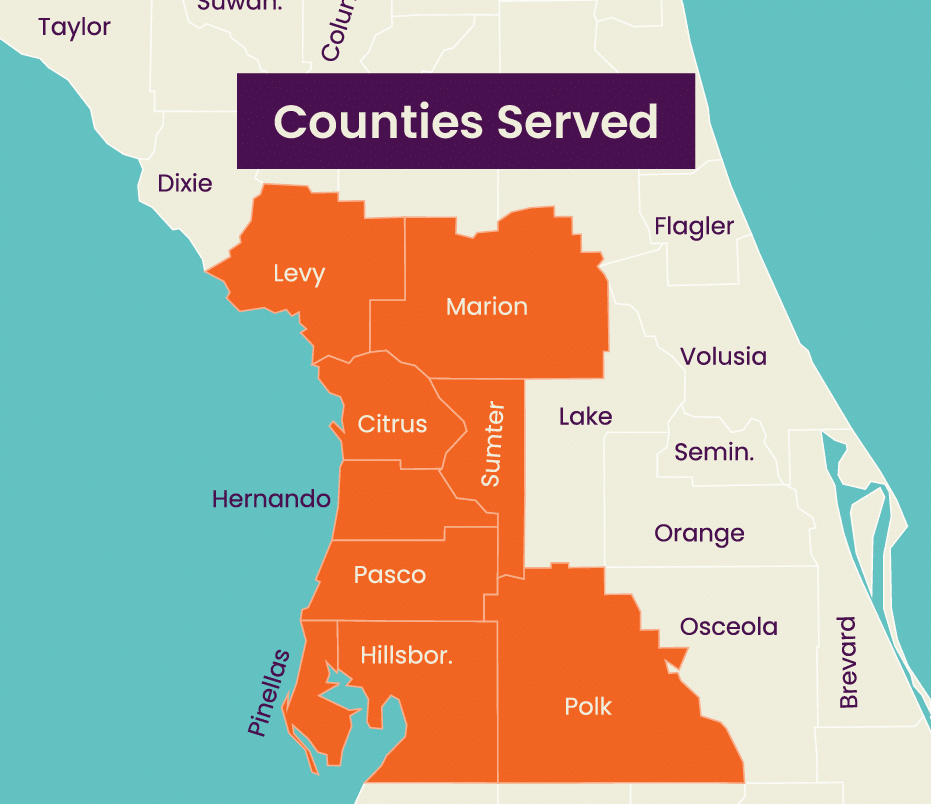At ACE Septic & Waste, our expertise lies in providing top-notch wastewater management solutions. In this guide, we’ll clarify the differences between submersible pump and dry well lift stations. Choosing the right lift station type is crucial for effective wastewater management, whether for residential, commercial, or industrial applications. Understanding these systems’ unique features and functions will ensure your wastewater management needs are met efficiently and effectively.
Basics of Submersible Pump Lift Stations
Submersible pump lift stations are a modern solution for wastewater management, especially in urban settings. These systems comprise a wet well where pumps are submerged directly in the wastewater. This setup is ideal for locations with limited space, as it eliminates the need for additional dry areas for equipment. Submersible pumps are activated by sensors when the water reaches a predetermined level, efficiently pushing the wastewater toward the treatment facility. These lift stations are best suited for areas where a compact, low-noise solution is required, making them a common choice for both residential neighborhoods and space-constrained commercial properties.
Basics of Dry Well Lift Stations
Dry well lift stations are distinct in their design and functionality. Unlike submersible pump stations, dry wells house their pumps in an above-ground tank, separate from the wastewater or sewage. This design allows for pumps at the top of the tank to draw liquid from below and expel it at a higher elevation. One of the key advantages of dry well stations is their simplicity in design, making them easier to maintain. Dry wells are also usually smaller and cheaper than wet wells. They’re often preferred for residential applications where large storage capacity isn’t a necessity.
However, it’s important to note that dry well stations have a limited storage capacity compared to wet wells. While their simpler design and lower maintenance requirements are attractive, they may not be suitable for applications requiring significant water storage or handling large volumes of wastewater. This makes them ideal for scenarios where the wastewater volume is moderate and space constraints are not a pressing issue.
Key Differences in Equipment
When comparing the equipment in submersible pump and dry well lift stations, the most notable difference lies in the location and operation of the pumps. Submersible stations feature pumps that operate while submerged in the wastewater, making them more compact and less intrusive in residential areas. These pumps are periodically lifted to the surface for maintenance, which can be less frequent than dry wells. This design typically results in lower initial construction costs and requires less space, making submersible stations a cost-effective solution for managing wastewater flows up to around 10,000 gallons per minute.
On the other hand, dry well stations have their pumps located in an above-ground tank, allowing for easy access for routine inspections and maintenance. This design simplifies repair processes and offers better visual monitoring of the station’s operation. However, this setup requires more space and can be louder than submersible stations, making them less ideal for densely populated areas.
In summary, the choice between submersible and dry well lift stations hinges on factors like budget constraints, space availability, maintenance requirements, and the volume of wastewater to be managed. Submersible stations offer cost-effectiveness and space-saving advantages but may have less accessible maintenance. In contrast, dry wells provide ease of maintenance and monitoring but require more space and might incur higher costs.
Choosing the Right Type
Several factors should be considered when selecting between a submersible pump and a dry well lift station. Submersible pump stations are often preferred for residential areas or smaller commercial properties due to their compact size and quieter operation. In contrast, dry well stations are more suited for industrial applications or large commercial facilities where space is less of an issue and maintenance accessibility is paramount. Considerations such as available space, noise constraints, maintenance requirements, and budget all play a crucial role in this decision-making process.
When choosing the most suitable system for your wastewater management needs, understanding the differences between submersible pump stations and dry well lift stations is important. At ACE Septic & Waste, we specialize in providing tailored solutions for both residential and commercial applications. We invite you to book a consultation with our experts for personalized advice on the right lift station for your project. Additionally, follow us on LinkedIn for more insights and updates in the world of septic and waste management. Together, we can ensure that your wastewater management system is efficient, effective, and perfectly suited to your specific needs.







